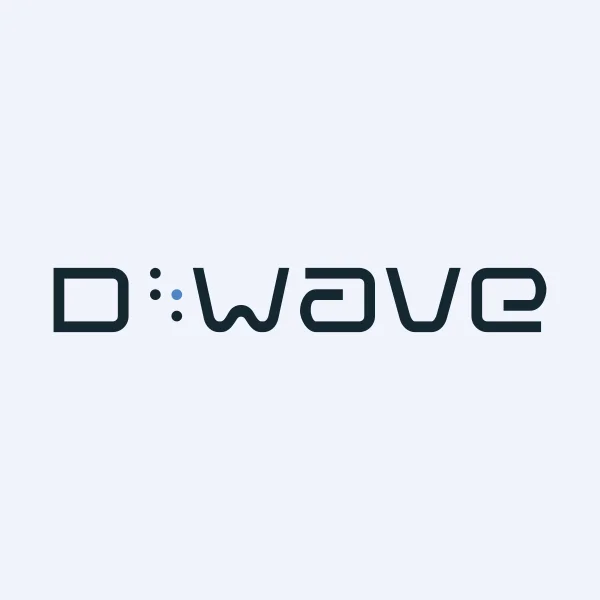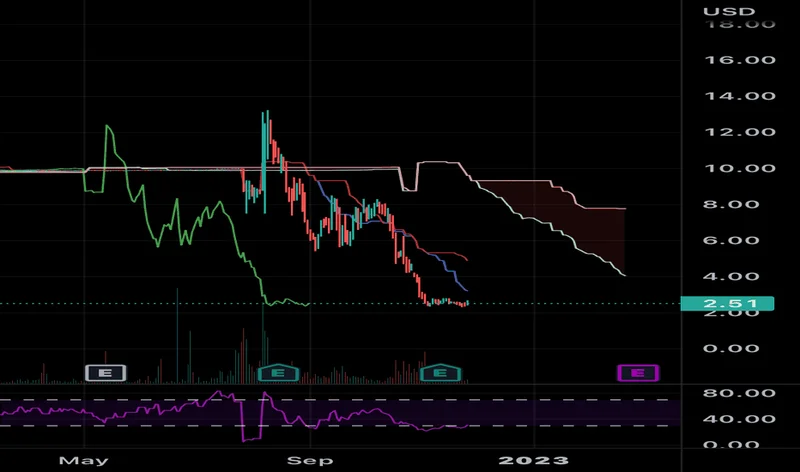Article Directory
On Monday, the market found its new obsession. As the tickers for D-Wave Quantum (QBTS) flashed a brilliant green, climbing 25.2% in a single session, a narrative began to solidify. Rigetti, IonQ, and QuantumScape all rode the same updraft, surging on a wave of what can only be described as pure, unadulterated optimism.
The catalysts were, on the surface, compelling. JPMorgan Chase, a titan of global finance, announced a sprawling $10 billion "Security and Resiliency Initiative," name-dropping quantum computing as a "frontier and strategic technology." Separately, IonQ announced a technical breakthrough in quantum chemistry. For a market tiring of the generative AI narrative, this was the perfect script for the next act. Investors, desperate for the next Nvidia, piled in.
But when a narrative feels this perfect, my instinct is to check the math. The excitement is palpable, but what do the numbers actually say? Is this the dawn of a new technological era, or is it just a familiar market cycle playing out with more complex vocabulary?
The Anatomy of a Hype Cycle
Let’s first deconstruct the primary catalyst: the JPMorgan announcement. CEO Jamie Dimon’s accompanying statement was broad, patriotic, and strategically vague. "Our security is predicated on the strength and resiliency of America's economy," he said. "America needs more speed and investment." It’s a powerful sentiment, but it’s not an investment thesis.
Quantum computing was just one of 27 industries listed under the initiative. It wasn't the headline; it was a line item. How much of that $10 billion is realistically allocated to a single, highly speculative sub-sector? Is JPMorgan buying equity in these cash-burning companies, or are they simply planning to be a future customer? The announcement offers no clarity, but the market reacted as if Dimon himself was personally buying shares on the open market.
This reaction is a fascinating data point on its own. It suggests a market primed for a new story. With AI stocks having already seen their meteoric rise, capital is searching for the next exponential growth narrative. Quantum computing, with its esoteric promise of solving currently unsolvable problems, fits the bill perfectly. The crowd is looking for a signal, any signal, to validate a new direction. A press release from a major bank, however imprecise, was enough to light the fuse.
The problem is that crowd sentiment is a notoriously poor indicator of fundamental value. Analysts are already warning that valuations are "reaching levels divorced from reality," and they’re not wrong. This isn't a calculated bet on technology; it's a momentum trade fueled by a headline.

D-Wave: A $14 Billion Question Mark
To understand the sheer scale of this disconnect, we only need to look at D-Wave Quantum (QBTS). The stock’s performance is, without question, staggering. It has risen over 3,700% in the last 12 months. This is the kind of vertical chart that creates legends and, more often, cautionary tales. Why Is D-Wave Quantum Stock Skyrocketing Today?
Now, let's ground this in financial reality. D-Wave’s total sales for the previous year were just under $9 million—to be more exact, $8.8 million. Its market capitalization, following Monday's surge, now sits at an astonishing $14 billion. This gives the company a price-to-sales (P/S) multiple of 336.
Let that number sink in. To put it in perspective, a high-growth, highly profitable software company might trade at a P/S of 15 or 20. Nvidia, the darling of the AI boom, trades at a P/S of around 40. D-Wave’s valuation is an outlier of magnificent proportions. Buying D-Wave at this price isn't like buying a tech company; it's like paying the full, finished price for a 100-story skyscraper when all that exists is the architect's most ambitious, unproven blueprint.
And this is the part of the financial statement that I find genuinely puzzling. This isn't a company on the cusp of profitability. D-Wave reported a second-quarter operating loss of $26.5 million on revenue of just $3.1 million. The company is burning through cash at a rate that is nearly nine times its revenue.
To be clear, D-Wave’s technology (a specific application called quantum annealing) is real and has legitimate commercial uses. It's being applied to optimize vehicle manufacturing in Turkey and assist in drug discovery in Japan. These are important, tangible steps. But they are the steps of a nascent, exploratory technology, not a commercial juggernaut justifying a $14 billion valuation. The market is pricing in decades of flawless execution and market dominance before a single dollar of profit has been realized. What happens if a competitor develops a better method or if the path to commercial scale proves longer and more expensive than hoped?
A Bet on a Different Decade
The current surge in quantum stocks isn't about the technology of today or even next year. It's a speculative bet on the technology of 2040 being priced into the market of 2024. There is a fundamental discrepancy in time horizons. The science of quantum computing operates on a timeline of decades, requiring immense capital and patient research to solve monumental challenges. The market, however, operates on a timeline of days and weeks, driven by headlines and narrative momentum.
When these two timelines collide, the result is what we saw on Monday: a violent repricing based not on fundamentals, but on a story. The story is a good one. Who wouldn't want to be in on the ground floor of a technology that could change the world? But the price of admission has become detached from any measurable reality. These companies may one day grow into their valuations, but the path between here and there is fraught with financial and technical risks that the current stock charts seem to ignore completely. This isn't investing; it's a lottery ticket with a very compelling backstory.

